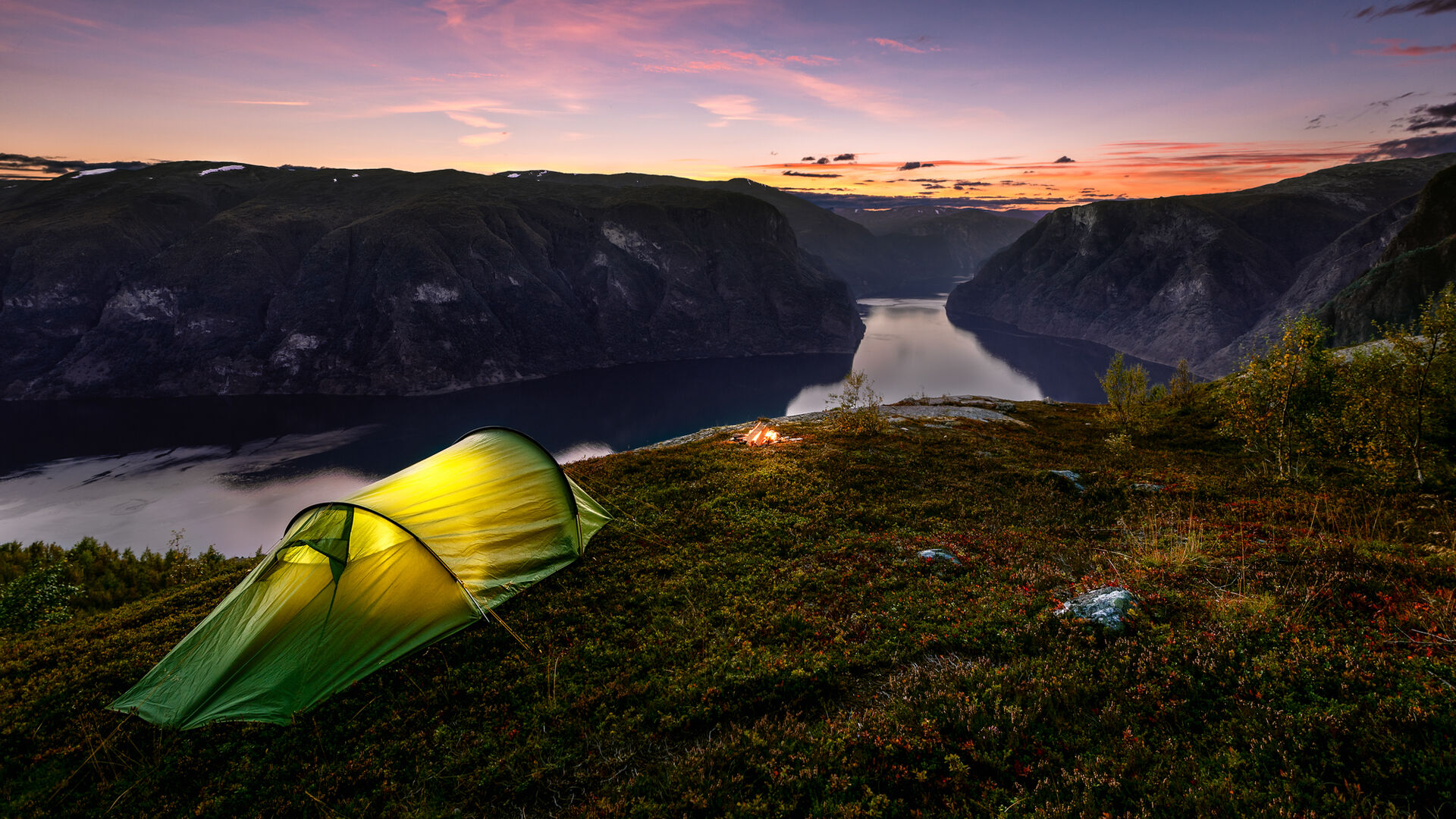Summer and vacation are here yet again. There is a lot we know we should NOT do if we want to act in the best interest of our environment.
Yet, we still fly to sunny destinations, buy inflatable flamingos and fill our barbeques with meat.
At Inland Norway University of Applied Sciences, there is a dedicated research group in environmental psychology. They study our environmental behaviour, our attitudes and not least – they know a lot about how we make decisions.
– There are some challenges with behaviour change. We can achieve change when we really want to or have to, but in everyday life, climate change doesn not feel urgent. We are driven by the pleasure principle; it is really fun to travel, explains Ingeborg Flagstad.
She is the head of the Department of Psychology at the university and holds a PhD in environmental psychology.

Five tips to help you make the right choices
Ingeborg Flagstad is exceptionally interested in what it takes for us to make the right choices.
– Our job as environmental psychologists is to 'translate' environmental and climate issues into something close to home, easy to understand and actionable. We need to show how each individual can make a difference and contribute to empowerment, says Ingeborg.
Together with her colleagues, Ingeborg Flagstad has compiled a list of five mechanisms involved in change, which are necessary to successfully alter people's environmental habits:
1. Motivation
Imagine you want to use public transport instead of driving to work every day.
– If we can change people's perception from 'making a sacrifice' to something positive for themselves, it becomes easier to achieve lasting change, says the environmental psychologist.
When using public transport, you can, for example, read, work, and relax. You can also think of it as adopting an identity as an environmentally conscious person.
– Making people proud of their environmentally friendly behaviour is a significant step forward. One solution is to raise awareness of people's intrinsic motivation and focus on the benefits of environmentally friendly behaviour, explains Flagstad.

You probably know best what your motivation should be.
What really matters to you? If you have a strong competitive instinct, Ingeborg has a tip for you.
– Turn it into a sport! Make it a collective effort for a climate-friendly vacation. Tell yourself: It is going to be unbearably hot in the South anyway, so it is much more comfortable to stay home!
2. Nudging
Tip number two is a bit of an unusual Word: nudging.
It involves small measures aimed at influencing people's actions in the desired direction, highlighting that physical surroundings significantly impact the choices we make.
– We need to change the physical environment to make it easy for people to do what is environmentally friendly. This is called nudging, and it involves making it convenient for people to choose ‘green’ alternatives, explains Flagstad.
An example of nudging is hotels reducing plate sizes at buffets to minimise food waste.
– When it comes to people's travel habits, we have work to do. Flights are easily accessible and often cheap, whereas train travel requires more planning and costs more. It should be the other way around to encourage people to choose the most environmentally friendly option, for example, says the environmental psychologist.

3. Social norms
It is a well-known phenomenon that we change our opinions/behaviour to conform to others' normative standards (conformity).
This ensures us a sense of belonging and acceptance within a community or group, and we may act to fit in, not necessarily due to personal conviction.
– Social norms provide us with information about what others are doing and serve as models for behaviour. Especially in situations where we are uncertain, we look to others to figure out what to do, explains Ingeborg Flagstad.
– If we can change social norms, we can also change people's behaviour!

What would happen to you if you found out 'over half of your neighbors have chosen Norway as their vacation destination'?
– We are social creatures, wanting to fit in and be like others. At the very least, not worse off. Comparison can work to induce change. When change happens across society, it becomes easier for us to adopt more environmentally friendly behaviours, according to environmental psychologists.
And they issue a call to action.
– Choose whom you compare yourself with! Don not let envy of your neighbour drive you, and stop following high-consuming influencers on social media.
4. Commitment
Would you consider signing a petition for a greener world? Would you wear a green pin to show your stance?
– Public commitment increases the likelihood that behaviour will be maintained. We feel pressure and become accountable, explains Ingeborg.

Example: Commit yourself in front of others, perhaps through social media, to not going on expensive vacations, or to barbeque much less meat this summer.
The key to such changes is getting started.
– Making a small effort is the beginning of a green path, and we tend to continue along the paths we have started, according to environmental psychologists.
5. Goals and feedback
The final tip that can help you make the right environmental choices is a well-known tactic.
– Set specific and challenging yet achievable goals, and work towards them. And give yourself feedback when you achieve those goals!

This can be done, for example, through apps. There are apps available that show CO2 emissions for various travel options.
Unsurprisingly, flying ranks poorly, while trains rank favourably. A car with multiple passengers also scores well on the CO2 calculator.
– Set specific goals for your days, what you will do, when you will do it, and how you will do it. The more specific, the better!
'There is a lot you can do to have a greener summer. Start today, even with something small, one step at a time' (Ingeborg Flagstad)
Contact information:
- ingeborg.flagstad@inn.no
- Phone
- +47 61 28 82 26



